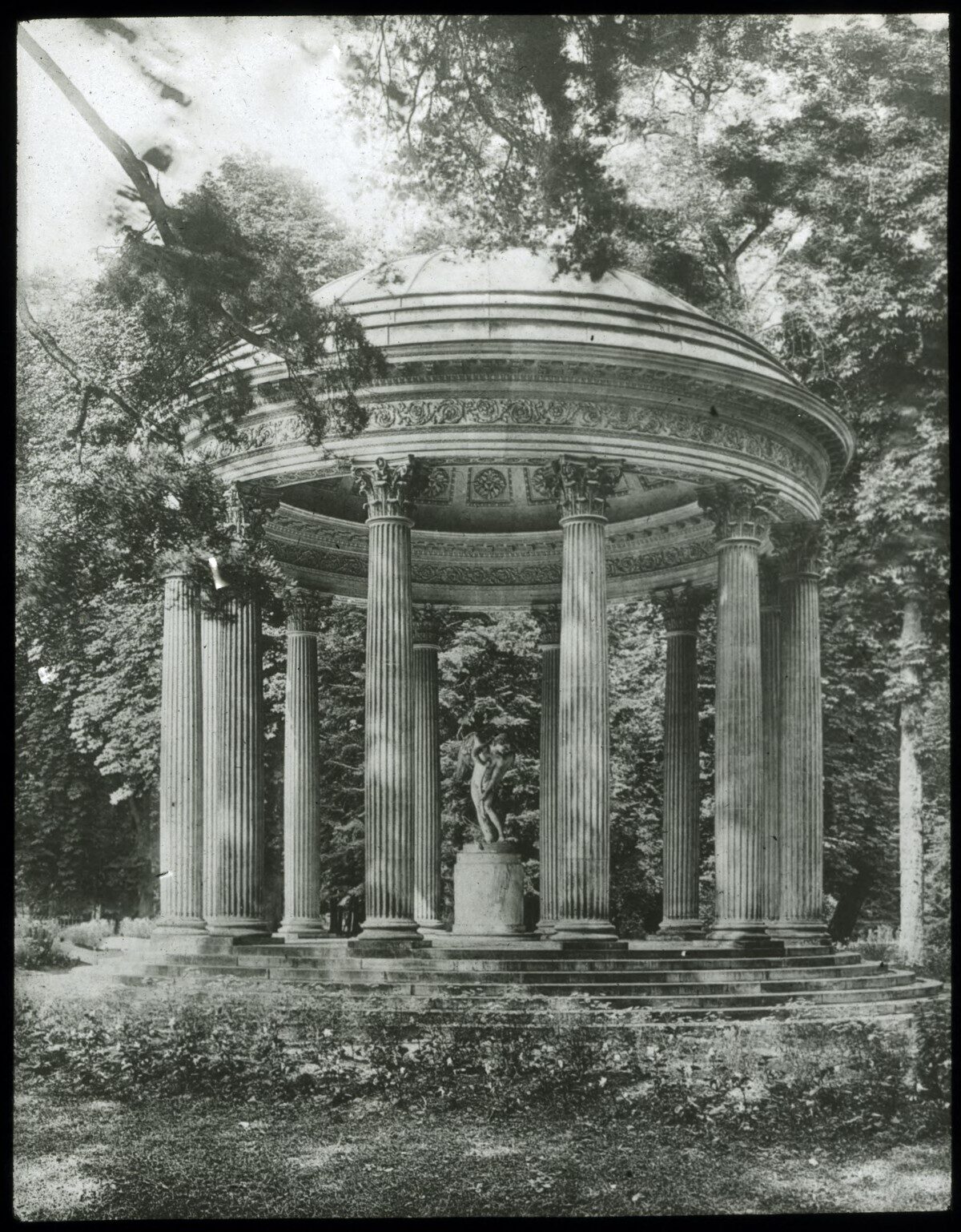In honor of Valentine’s Day, we asked members of the Harvard Graduate School of Design community to share what made them fall in love with design. Here is what a few of them had to say:

Unité d’habitation, cropped, available under a Creative Commons Attribution 2.0 Generic (CC BY 2.0).
Jacobé Huet (PhD Year 4) on the Unité d’Habitation, Marseille, France
“I believe I first fell in love with design in the 1990s while spending time at my uncle’s when he lived in Le Corbusier’s Unité d’Habitation in Marseille. I visited this building many times as an adult, but I love to nostalgically grab on to the last bits of memories I have from experiencing it as a child—as if they were remnants of a more fundamental experience of its forms, unmediated by academic knowledge. I remember most sharply the building’s spectacular plays on scale—from the ground upward next to the front yard’s gigantic pilotis and from the rooftop looking down into the shrunken city. I also remember endless corridors drawn toward faraway vanishing points and how it would always take me so long to walk to my uncle’s unit. Le Corbusier designed the Unité d’Habitation following the Modulor, a mathematical ratio he inferred from dimensions of the human body. Seems like my tiny legs had not been part of the equation.”
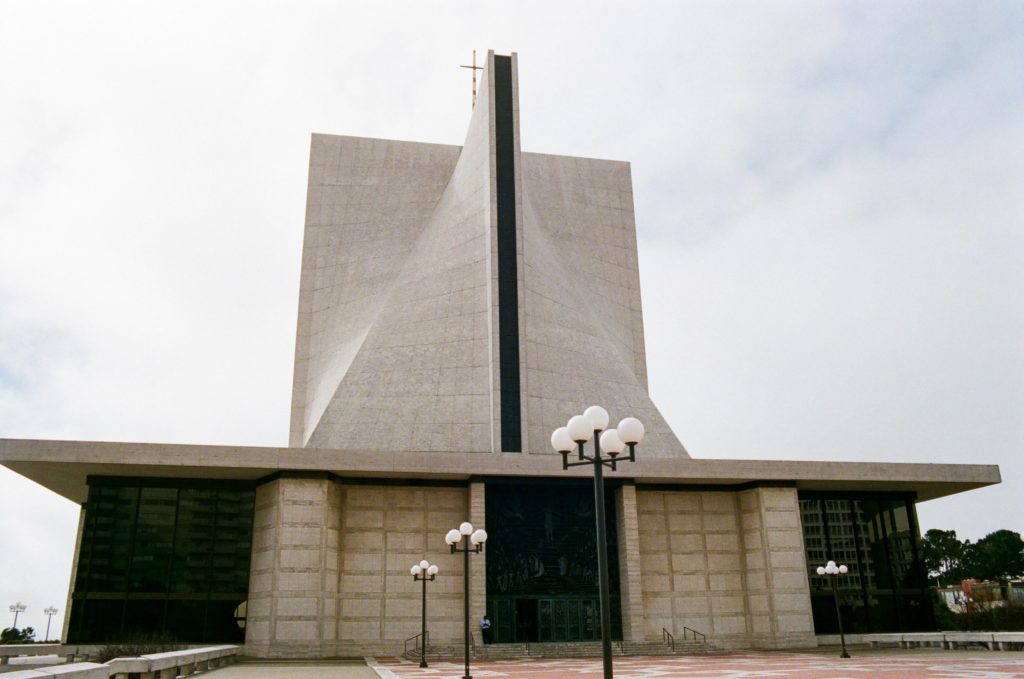
Jimmy Pan (MDes RR ’20) on the Cathedral of Saint Mary of the Assumption, San Francisco, California
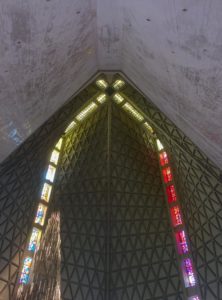
“I had to decide: Lombard Street or the Cathedral of Saint Mary of the Assumption? It was not an option to miss my six-hour San Joaquins Amtrak train to Irvine. My whole itinerary depended on catching that train. I stepped out of my Lyft and onto the plaza of this beautiful Nervi / Belluschi building just as a group of tourists exited it. I entered into its stillness. I was lucky to be the only visitor, catching it in an interval of heavy silence.
I felt the colors of the stained glass windows casting spirit onto the cold faceted forms of concrete. As I made my way to the center of the building, the organ began to sound and surprisingly reverberated softly on the hyperbolic paraboloid surfaces above me. I placed my Nikon N2000 on the ground, set it to f11 for 3s, manually focused it to infinity, and hoped it would be centered. (Spoiler: it was not.) I took another photo with my LG Nexus 5, just in case.
The weight of the space held me in a trance—a gravity that only beautiful spaces have. I spent more time than I should have there. The experience of this building reconfigured my love of design. Elegant form in emptiness still has an ambience that withdrew my curiosity from the influence of schedules. I was almost late for my train, but—hey—I was just in time.”
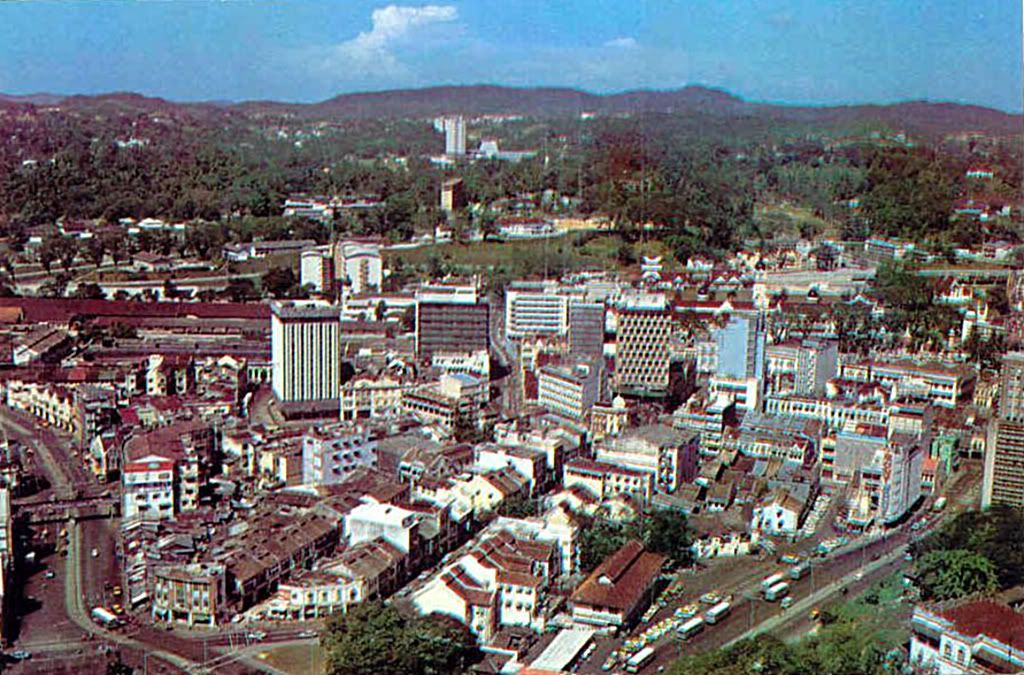
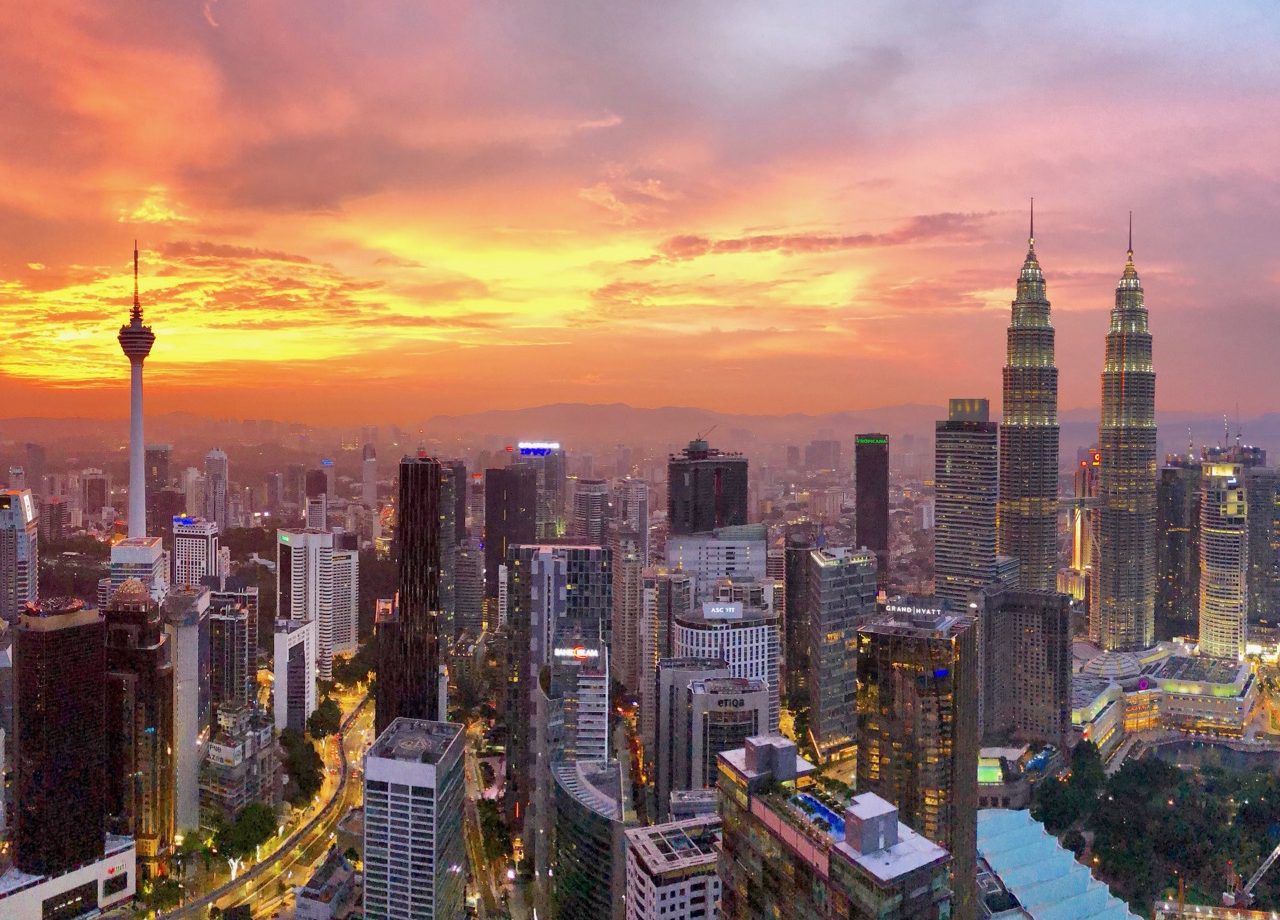
David Hashim (MArch ’86) on growing up in Kuala Lumpur, Malaysia
Hashim is principal at VERITAS Design Group and a member of the GSD Alumni Council
“When I was about 10 years old, we lived in a neighborhood of Kuala Lumpur with no parks but lots of new houses being built. After school, I would wait for all the workers to leave before sneaking into the empty construction sites and making them my personal playgrounds. As a child, none of this construction stuff made sense; it was just jumbled piles of space and playthings to me, without order or reason.

One day, as it was getting dark, a fancy car appeared from which emerged a well-dressed person who I had never seen. He toured the site with a roll of drawings accompanied by the construction supervisor. As I hid behind half-built walls and temporary works in the dwindling light, I listened to this gentleman explaining the design of the building and issuing instructions. He referred to his drawings and made sketches while the supervisor nodded dutifully. Through his commanding and matter-of-fact explanations, I suddenly realized that this playground of mine wasn’t merely a random clutter of stuff, because someone had conceived it all and could make sense of what it was becoming. That someone was in charge of its ‘design’! It was a eureka moment for me.
Later that evening at dinner, I described this experience to my mother, who explained that the person I had encountered was the architect. It was the first time that word had any meaning to me. And it was at that moment that my destiny was clear.”
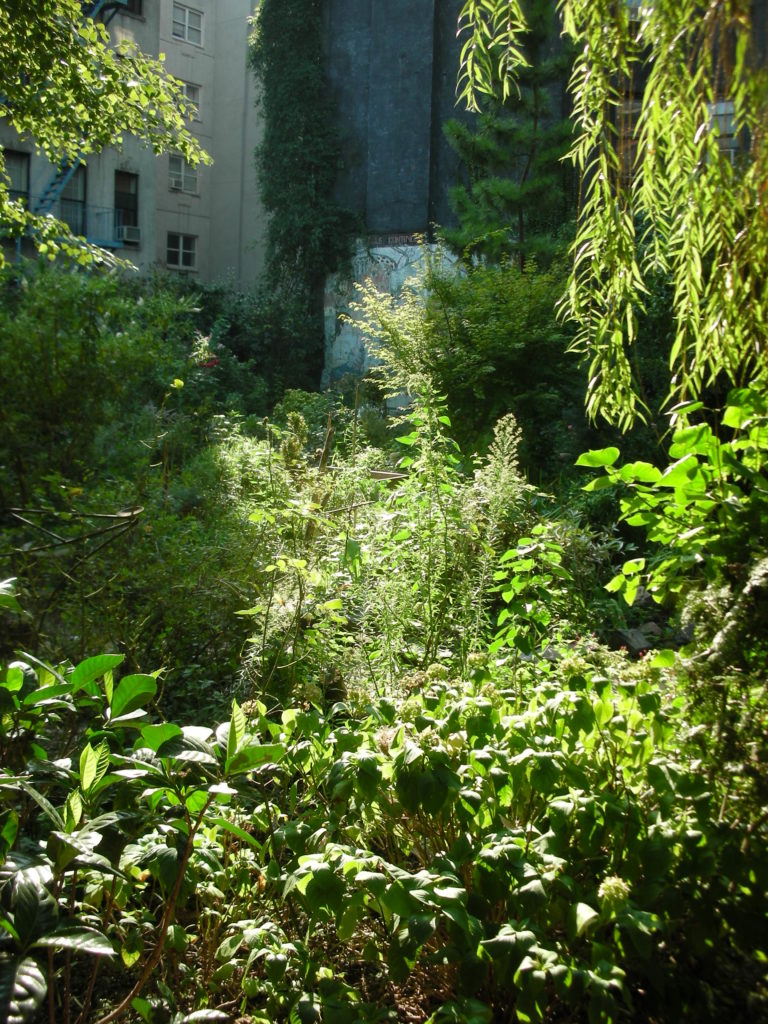
Wilfred Guerron (MDes HPDM ’20) on the neighborhood gardens of Manhattan’s Lower East Side
“I am in love with the gardens in my home neighborhood of the Lower East Side of New York City. Although I do not have a background in design, I have always been drawn to my local gardens. They have served as social spaces for my community for decades, inviting people to walk around, sit, relax, and hang out with neighbors. As a child, I would always walk by La Plaza Cultural, enamored of the murals, sculptures, and various other art objects that marked the boundary of the garden.
Since coming to the GSD, I have taken an interest in these gardens from a historical perspective. Outside of being pockets of green spaces in the neighborhood, the gardens serve as important monuments of grassroots activism on the Lower East Side during the late 1900s and the vibrant Puerto Rican and im/migrant communities that started and continue to maintain the gardens and the neighborhood at large. For me, the gardens of the Lower East Side represent the physical manifestation of love for one’s community and place.”
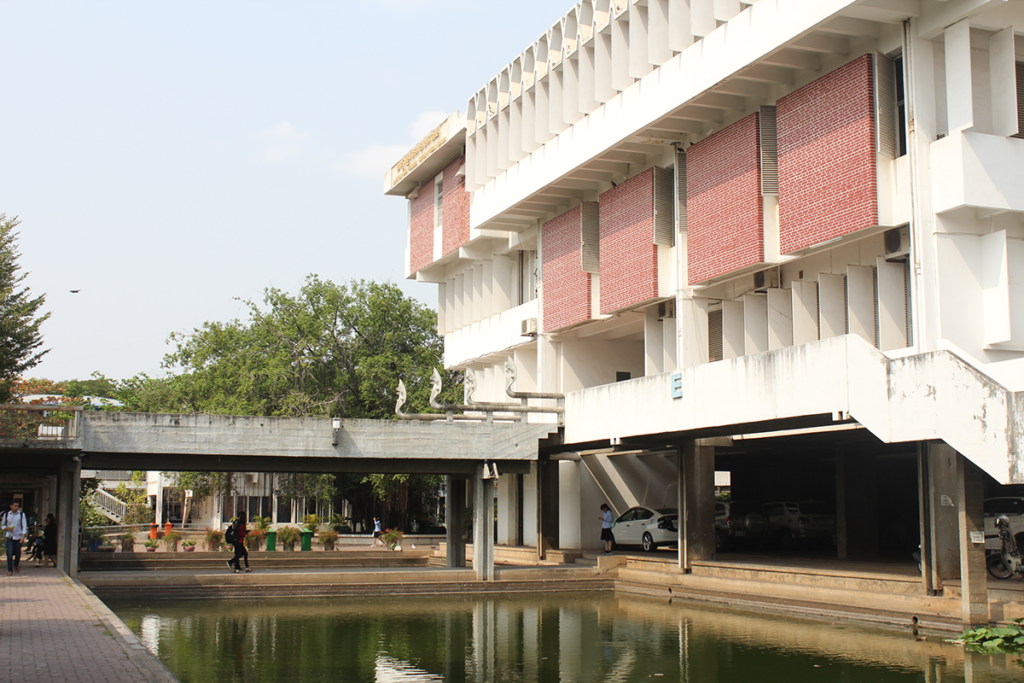
Panharith Ean (MArch ’20) on the Institute of Foreign Languages, Phnom Penh, Cambodia
“There are always students chatting and walking below the elevated walkways and buildings. The tropical breeze moves through every corner of the buildings, while the sunlight is casted away by the vertical louvers. When I was little, I would frequently visit my sister on campus, running around the ponds and dozing off in the garden. In recent years, I’ve gone back to visit friends and enjoyed the same easy breeze and dramatic shadows casted from the buildings. Now, about to finish my degree at the GSD, when I return I am reminded of why I started studying architecture in the first place.
Inspired by the complex of Angkor Wat, Vann Molyvann’s design marries traditional site planning and modern sensibility. The design was part of the New Khmer Architecture movement, a modernist movement in Cambodia in the 1960s. To me, this building represents a perfect harmony between tradition and modernity, form and function.”
